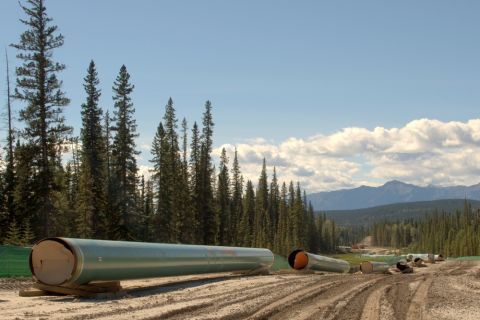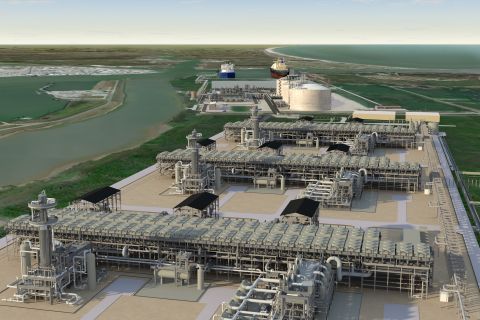The U.S. oil and gas industry isn't putting enough straws in the ground, contends a pair of oilfield-service analysts. "We believe that domestic natural gas reserve additions and wellhead production aren't increasing at a rate sufficient to accommodate the growth in U.S. [natural gas] consumption," says Jeffrey R. Freedman, managing director and oilfield service analyst for Prudential Securities in New York. Houston-based Matthew D. Conlan, another Prudential oilfield service analyst, cites a recently released U.S. Energy Information Administration (EIA) study which indicates that, in 1998, the ratio of reserve additions per successful well fell to the lowest level in more than a decade. "We believe this confirms that average field sizes are decreasing, and that despite major improvements in oilfield technology, proved gas reserves in the U.S. aren't being maintained," says Conlan. "With drilling activity having declined further last year, we would expect proved gas reserves at year-end 1999-to be reported at the end of 2000-to witness further erosion." According to the recent EIA study, proved domestic gas reserves at year-end 1998 stood at 164 trillion cubic feet (Tcf) versus 167.2 Tcf in 1997. Says Freedman, "The results of the 1998 survey, and trends last year, strongly suggest that the U.S. natural gas market is likely to be supply constrained this year and next, and that much higher levels of drilling activity will be required to maintain reserves and to satisfy growing gas consumption, which should increase 3% in 2000 and 2001." -Brian A. Toal
Recommended Reading
US Gulf Coast Heavy Crude Oil Prices Firm as Supplies Tighten
2024-04-10 - Pushing up heavy crude prices are falling oil exports from Mexico, the potential for resumption of sanctions on Venezuelan crude, the imminent startup of a Canadian pipeline and continued output cuts by OPEC+.
Imperial Expects TMX to Tighten Differentials, Raise Heavy Crude Prices
2024-02-06 - Imperial Oil expects the completion of the Trans Mountain Pipeline expansion to tighten WCS and WTI light and heavy oil differentials and boost its access to more lucrative markets in 2024.
Segrist: The LNG Pause and a Big, Dumb Question
2024-04-25 - In trying to understand the White House’s decision to pause LNG export permits and wondering if it’s just a red herring, one big, dumb question must be asked.
Exclusive: Chevron Balancing Low Carbon Intensity, Global Oil, Gas Needs
2024-03-28 - Colin Parfitt, president of midstream at Chevron, discusses how the company continues to grow its traditional oil and gas business while focusing on growing its new energies production, in this Hart Energy Exclusive interview.
What's Affecting Oil Prices This Week? (Feb. 26, 2024)
2024-02-26 - Stratas Advisors forecast that global crude production will be essentially unchanged from 2023, which means that demand growth in 2024 will outpace supply growth.




